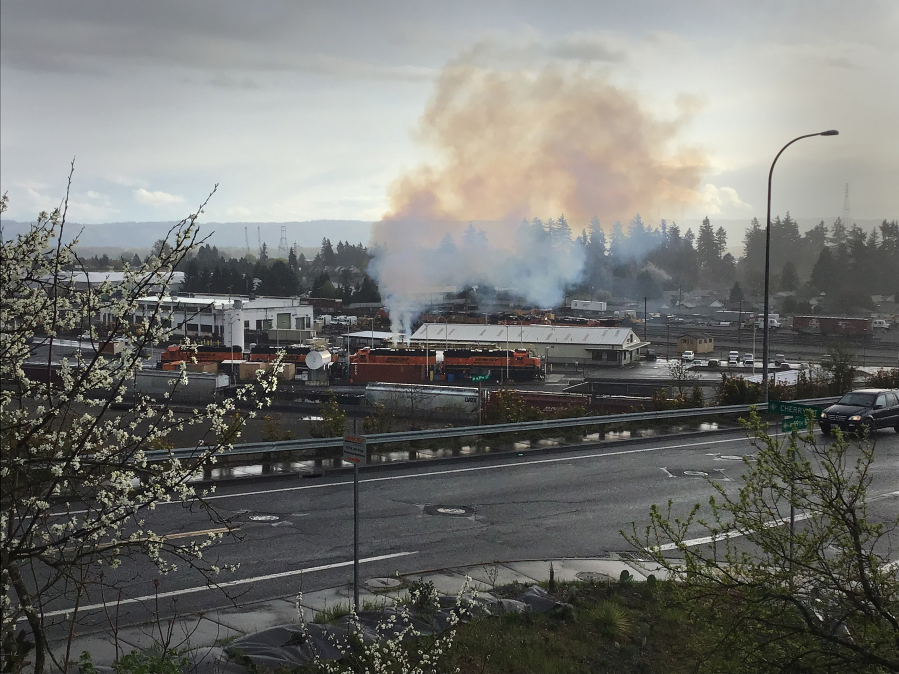Some things I noticed while reading...
The article isn't very good, is it? The person being interviewed was not the right choice to present this problem. I could see how the conditions around tacoma/seattle might create soot that gets on homes or creates a sort of smog effect, like in Los Angeles. But using words like outrageous to describe locomotive exhaust and pretending it's mysterious when in reality it actually isn't, pushes the whole issue into the realm of ridiculous.
The word is egregious, by the way, not outrageous. It's a locomotive, not a clown car.
Anyway, about the hp/wattage discussion, what if they decided to use yard space to do it? I'm thinking along the lines of large solar panel awnings, like what you see in newer parking lots and parking garages.
They're technically already hybrid engines, it's just a matter of engineering, isn't it? Can't be that hard to slap a Pantagraph on a SD70ace.
I'll see myself out.


 www.columbian.com
www.columbian.com
